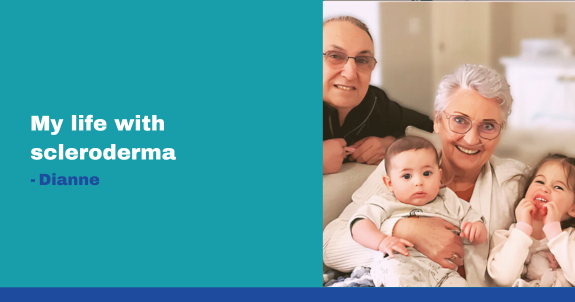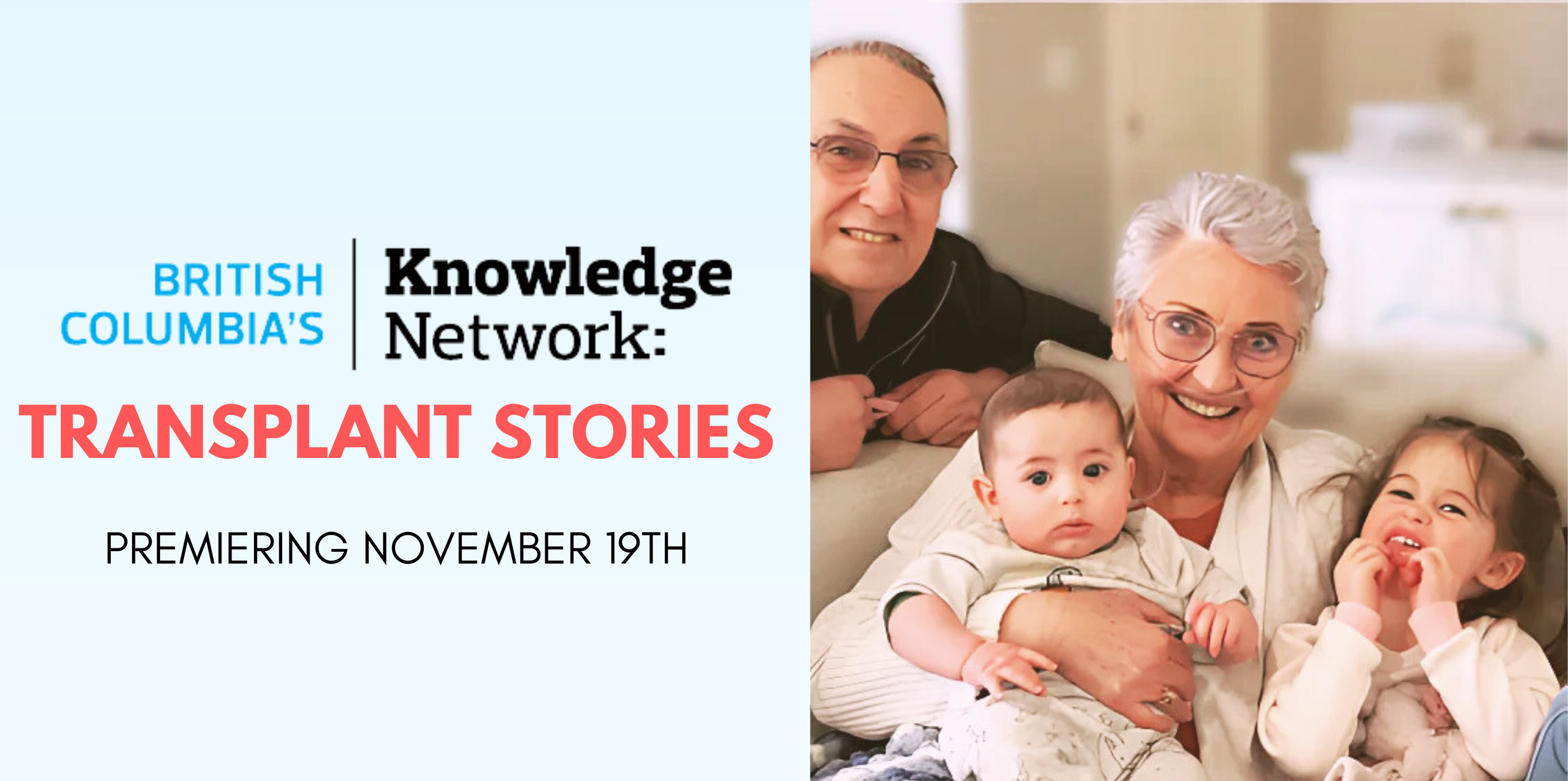Faces of hope

My life with scleroderma.
I was diagnosed with scleroderma in 1992 but had symptoms for about two years before that. My skin had been feeling tighter than normal and I was incredibly itchy. I was referred to a dermatologist who diagnosed me after a simple blood test. Finally, my symptoms made sense. The tight skin, itchiness, fatigue, sore joints, Raynaud’s and depression, all of course part of scleroderma, but on their own I felt maybe I was just feeling sorry for myself! I just had never put the symptoms together. The biggest mistake I made was to go to the library and research scleroderma, an illness I had never heard of. The encyclopedia diagnosis suggested I had about 5 years to live. I was so angry that I got this disease when I was only 40 years old and at a point in my life where my son was in high school, I had a great job and we were enjoying doing things as a family. I managed to work for another year and then had to take a disability pension. I spent the next two years very depressed and spent a lot of time in bed.
I was referred to a rheumatologist who introduced me to one of the founders of the SABC. She was very helpful making me feel that I was not alone with this illness. I joined the SABC and became a Board member in 1993. Volunteering with the SABC helped me look at things with a different perspective, be glad to be alive and get the opportunity to give back and encourage others so that they could also move forward. At first, I helped with fundraising to help fund scleroderma awareness activities. Then I was given the opportunity to be involved with UBC medical students by participating in a new Health Science Fair held at UBC. The objective of the Fair was to introduce medical students to patients with different illnesses. Our scleroderma booth was larger than life with 8 scleroderma patients sharing their stories with keen medical students. We had pictures and pull up banners but most importantly we had scleroderma patients allowing the students to touch their hands and ask questions. No question was unimportant or off limits. The Health Fair proved to be a great opportunity to raise awareness and share information with this very special group of young people. This led to inviting medical students to SABC’s annual AGM & Conference where medical students sit with scleroderma patients and really get to understand this disease. Based on their uplifting comments about this experience, I know we have made a difference in how these future doctors will care for scleroderma patients. I do hope that we will again be able to have an in-person Conference this October with medical students getting this valuable experience.
After about 5 years my hands started to soften and I was once again able to go back to bowling and golfing, two sports I really enjoy. I also went back to coaching 5 pin bowling. Although my health was now stable, I told my rheumatologist I could feel a crackle in my chest. An x-ray confirmed I was in the beginning of lung involvement with a diagnosis of pulmonary fibrosis. My progression was very slow and things were stable for a long time. Then I got a phone call in October 2020 from my lung specialist to inform me that they had seen blood clots on my lung echo. I was put on blood thinners right away and went through another series of tests. Within a week, I was put on oxygen and referred to a cardiologist at the Pulmonary Clinic at VGH with a diagnosis of PAH (pulmonary arterial hypertension).
I think most scleroderma patients have some issues with indigestion but over the years mine has become worse. I have had my esophagus dilated 4 times. I am on some very strong drugs for GERD (Gastric Esophageal Reflux Disease) and now I am becoming more concerned as I have lost 40 lbs in the last 1 ½ years. Some specialized tests are going to be done; I am confident we will find a solution soon. So now my heart, lungs and digestive track are involved. If this was 30 years ago, I would have simply crawled back into bed and felt sorry for myself once again.
It is now March 2022 and my prognosis is fine. The specialists are working on my GERD issues, my cardiologist has me on Tadafil, which is keeping my arteries open, and I have such an amazing team of doctors at the Scleroderma Clinic at St. Paul’s Hospital. My oxygen needs have increased but are manageable. I have an oxygen concentrator in my home, I have liquid oxygen when I am out and about, and I purchased an Inogen battery operated oxygen system so that I can continue bowling with my special backpack and hopefully get back to golfing this spring.
I truly believe that wellness is a state of mind. I can either give in to this disease or I can fight it on my terms. I am not giving up and will let you in on my next chapter whatever that may be.
Dianne McPhee
Learn more about Dianne’s Lung Transplant Journey HERE
Featured on the Knowledge Network in 2024






